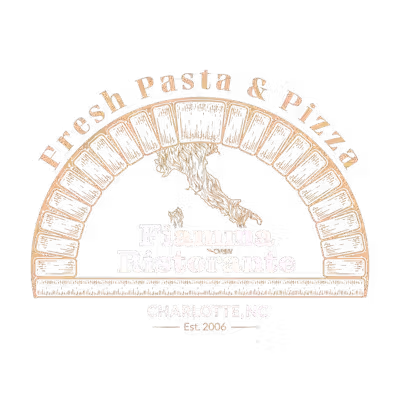Eastover Neighborhood Review: Where Charlotte's History Lives in Beautiful Homes
- Jim Fagan

- Apr 14
- 3 min read
Updated: Apr 25
Eastover is one of Charlotte's most prestigious and historic neighborhoods, offering a timeless blend of elegance, charm, and community. Located just southeast of Uptown Charlotte, Eastover's tree-lined streets and beautiful homes tell the story of a neighborhood thoughtfully designed for gracious living.

A Rich History Rooted in Vision and Innovation
Eastover was developed in 1927 by the E.C. Griffith Company, a name deeply woven into Charlotte's real estate legacy. Inspired by the success of nearby Myers Park, Eastover was designed to set a new standard for upscale residential living. Notably, Eastover became the first Charlotte neighborhood to feature private driveways and attached garages, reflecting the growing importance of the automobile.

Unlike Myers Park, Eastover homes were set farther back from the street, creating a more spacious and grand aesthetic. While both neighborhoods feature median lot sizes around .33 acres, Eastover offers a greater number of larger lots, ranging from .64 to 1 acre, enhancing its luxurious feel.
The E.C. Griffith Legacy
Founded in 1912, the E.C. Griffith Company is one of Charlotte's oldest family-owned real estate firms, now led by its third generation. Beyond Eastover, the company shaped several other iconic neighborhoods, including Elizabeth (check out our Elizabeth review), Wesley Heights, and the transformation of Camp Greene from a World War I training camp into a thriving residential and industrial area.
E.C. Griffith himself was mentored by George Stephens, the original developer of Myers Park. In 1920, Stephens entrusted Griffith with the future development of Myers Park, a relationship that helped shape the vision behind Eastover.
Thoughtful Design and Planning
The land that became Eastover was once part of the Spring Dale Dairy Farm. Urban planner and landscape architect Earle Sumner Draper, influential across the South from the 1900s through the 1950s, played a role in Eastover's early design. Draper's expertise in crafting more than 100 mill villages and numerous residential neighborhoods can still be felt in Eastover's graceful layout.
With wider streets than those found in neighboring Myers Park and Dilworth, Eastover was intentionally designed to accommodate the automobile, a feature that remains strikingly apparent today.
Architectural Beauty at Every Turn
Eastover's architecture offers a rich tapestry of styles, including Georgian, Tudor, Colonial Revival, and Bungalow designs. Many homes were built in the early to mid-20th century and have been lovingly preserved or restored.
A standout is the Reynolds-Gourmajenko House on Providence Road, a rare Tuscan Revival residence now home to Stagione, one of Charlotte's most beloved Italian restaurants.
A Neighborhood That Stands the Test of Time
Eastover quickly became the neighborhood of choice for many of Charlotte's influential figures, including bankers, attorneys, and business leaders. Over the decades, Eastover's desirability has only grown. In 1996, the median home price hovered around $350,000. By 2024, it has soared to over $2.3 million, a testament to the neighborhood's enduring appeal.
Cultural Landmarks and Community Spirit
A crown jewel of Eastover is the Mint Museum Randolph, located in the former U.S. Mint building. In the 1930s, the structure was relocated from Uptown to land donated by the E.C. Griffith Company, with the Civil Works Administration assisting in reconstruction. When it opened in 1936, it became North Carolina's first art museum—a proud symbol of Eastover's cultural significance.
Today, Eastover remains one of Charlotte's most sought-after neighborhoods, offering historic charm, modern conveniences, and a strong sense of community. Whether you're drawn to its stately homes, its central location, or its beautiful streetscapes, Eastover stands as a shining example of Charlotte living at its finest.










Comments